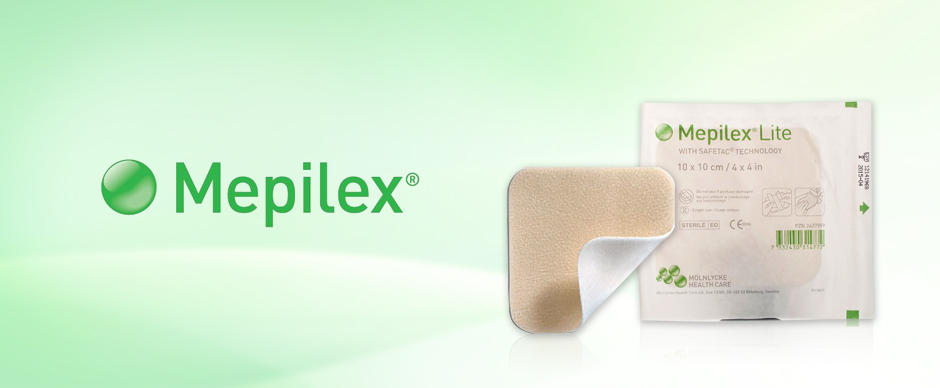
About Abrasions:
At Chemist Direct we care greatly about your safety, both now and in the long term. That is why we have provided the following information on steps that should be followed for treating Skin Abrasions. This information on Skin Abrasions will help you to learn how you properly dress and care for an abrasion wound, and limit any potential infection or further complications.
Abrasions (or grazes) are superficial wounds, where generally, only the outermost layer of the skin (the epidermis) is rubbed away. Sometimes abrasions go deeper into the skin layers (dermis).
Usually, they do not bleed very much if they are superficial, but deeper abrasions may bleed more. Abrasions on the face or head tend to bleed a lot as the blood supply is very rich here. In most cases, they will only produce a clear or pinkish fluid, which is normal. Superficial abrasions tend to be more painful than deeper ones as the nerve endings are exposed.
They are common in children and sports players, who fall and then slide along the ground. As a result, they often have dirt or grass in them. An abrasion is sometimes called ‘road rash’.
Because they often have dirt embedded in them, abrasions are prone to infection, therefore you should keep the wound clean to avoid infection and minimise pain.
Signs of infection include:
- An increase or a change in pain
- Increased redness
- Swelling
- An increase in the amount and colour of exudate (fluid) from the wound
- Odour from the wound
- A high temperature
- If you or your child sustains an abrasion, you should check whether or not you (or your child) has tetanus cover.
Wound Management:
The abrasion should be gently cleaned with lukewarm water to prevent infection. Apply light, direct pressure to the wound with a piece of gauze or similar.
After about 10 minutes, if the bleeding has stopped, you can apply a dressing. You should choose a dressing that:
- Will keep the wound moist (but not too wet)
- Will cover the wound completely to prevent bacteria getting in
- Will not cause pain when put on or taken off
If you are using a wound contact layer it is necessary to apply another (secondary) dressing over it to protect and absorb wound fluid. This secondary dressing should be changed if it gets wet, if exudate (wound fluid) is seen on the dressing, or as directed by your doctor or nurse.
Sometimes an island dressing like Mepilex Border Lite or Mepore is used and then a second dressing is not needed.
Minimising Pain:
Although they are only superficial wounds, abrasions can be painful, and sometimes feel like they are ‘throbbing’. It is important to try and reduce this pain as much as possible using a dressing that cushions the wound.
Dressing Changes:
Some dressings can take off the ‘top’ of the wound (the ‘wound bed’) and the skin around the wound, which again can be painful. You will need to use a dressing that protects the wound and the surrounding skin.
Molnylcke Health Care dressings have a special, gentle adhesive which means that they cause little or no pain when they are taken off. This is called Safetac technology.
Safetac technology makes dressing changes less painful because:
- It adheres gently to dry skin but never to a moist wound
- It moulds to the wound and surrounding skin. This means that the dressing is easier to remove and does not pull away new tissue in the wound or the skin around the wound It seals the edges of the wound and protects the skin around the wound from becoming waterlogged

